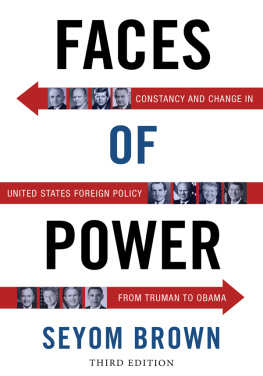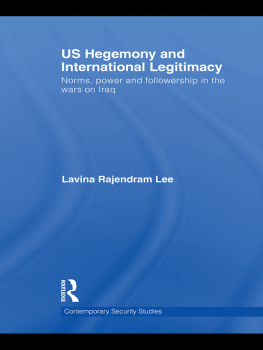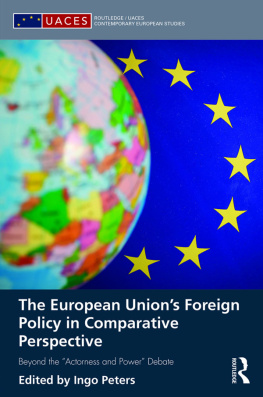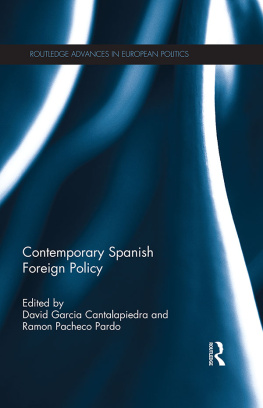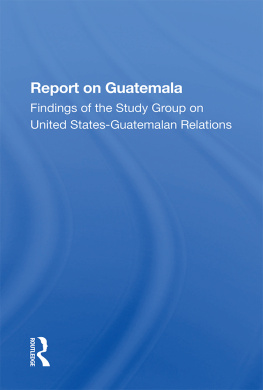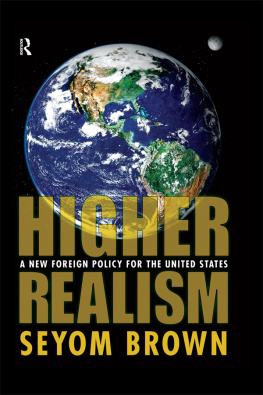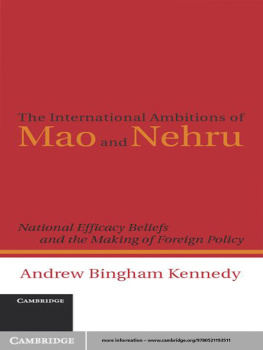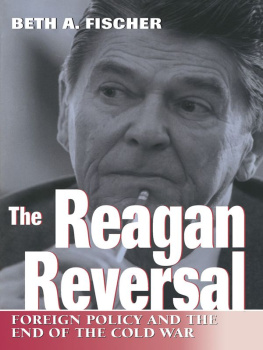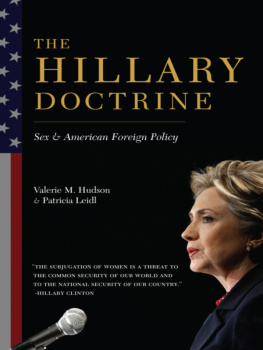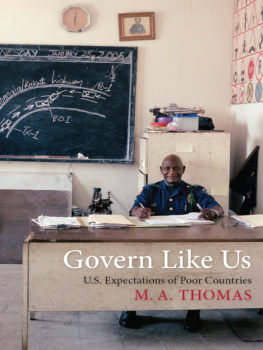FACES OF POWER
FACES OF POWER
Constancy and Change in United States Foreign Policy from Truman to Obama
SEYOM BROWN
THIRD EDITION
Columbia University Press New York
Columbia University Press
Publishers Since 1893
New York Chichester, West Sussex
cup.columbia.edu
Copyright 2015 Columbia University Press
All rights reserved
E-ISBN 978-0-231-53821-3
Library of Congress Cataloging-in-Publication Data
Brown, Seyom.
Faces of power : constancy and change in United States foreign policy from Truman to Obama / Seyom Brown.Third edition.
pages cm
Includes bibliographical references and index.
ISBN 978-0-231-13328-9 (cloth : acid-free paper) ISBN 978-0-231-13329-6 (paperback : acid-free paper) ISBN 978-0-231-53821-3 (e-book)
1. United StatesForeign relations19451989. 2. United StatesForeign relations1989 I. Title.
E840.B768 2015
327.73dc23
2014035282
A Columbia University Press E-book.
CUP would be pleased to hear about your reading experience with this e-book at .
Cover design: Noah Arlow
Cover image: Official presidential portraits: Office of the White House, White House.gov.
References to websites (URLs) were accurate at the time of writing. Neither the author nor Columbia University Press is responsible for URLs that may have expired or changed since the manuscript was prepared.
CONTENTS
T HIS BOOK IS THE LATEST installment of my continuing effort to discover and analyze the basic assumptions held by the top U.S. policy makers since the end of World War II about the countrys international interests and purposes and about the power of the United States to protect and further them: What, in the eyes of these officials, has been at stake? How have they prioritized U.S. interests and assessed the threats and opportunities implicating those interests? And why have theyparticularly these twelve presidentstaken (or avoided) certain actions that defined the course of U.S. foreign policy?
The presidential-level concerns and decisions I have selected for analysis have all been defining moments for U.S. foreign policy. Although my exposition proceeds sequentially from the start of the Truman administration through the first two-thirds of the Obama administration, it does not purport to be a full history of this periods foreign policy. Nor is it my objective to determine whether and when the decisions have been right or wrongthough occasionally I cannot resist the temptation to point out fundamental contradictions and distortions of reality, particularly when prevailing assessments of other powers intentions or capabilities were way off base. In coming to such judgments, I have been informed by the works of other scholars of the periodespecially John Lewis Gaddis, Melvin Leffler, Thomas Patterson, Robert Dallek, William Taubman, Walter LaFeber, and Marc Trachtenberg. My own research for this volume, however, as reflected in its interpretive narrative, has been directed mainly toward discovering the assumptions about the capabilities and intentions of other governments and significant political actors that have been in the minds of those who have guided the international relations of the United States as they chose or rejected certain courses of actionnot whether these assumptions were correct or wrongheaded.
The principal questions guiding my research and writing: As the highest U.S. officials made their foreign policy decisions, how weighty were geostrategic considerations as distinct from economic calculations? Were certain policies undertaken and others rejected because of moral considerations? To what extent did domestic politicsgarnering congressional support, anticipating the next election, dealing with turf battles among agenciesaffect the priority given to certain international interests over others? What about the emotional factors (concerns about appearing weak or strong; willingness to admit and correct mistakes; risk-taking propensities) that inevitably creep into even the supposed rational calculus and conduct of national security policy?
And how can one know with any degree of confidence what the presidents and their key advisers were thinking when making moment-of-truth decisions? Memoirs, interviews, recorded telephone conversations, Wikileaks of official cables and e-mails, declassified memoranda of interagency meetingsall of these, along with the thick trail of public pronouncements and papersare aids in the effort to get into the heads of the top policy makers. Admittedly, however, they are hardly conclusive as even the recollections of the responsible officials and their closest advisers are often self-serving reconstructions. A partial remedy is to make sure to at least read the memoirs of those who have been opponents on major issues.
So this is, yes, an impressionistic interpretation. But it is offered by someone who has been professionally and closely attentiveas scholar, think-tank analyst, and participant in the policy processto the pertinent official deliberations during a good part of the era covered by this narrative.
My effort is at the same time modest and immodest.
I offer no dramatic, previously secret revelations. Most of the public papers, memoirs, published interviews, and other primary sources, including a trove of now-declassified archival materialthat I have explored can also be accessed by lay readers of this book. In addition, I rely on and cite authoritative works by other historians, political scientists, and journalists who have meticulously mined the relevant archives.
My intended contribution is to connect the dots (or splotches) already out there, so to speak, to discover the underlying but sometimes unarticulated worldviews and philosophies of U.S. foreign policy that were held by the key decision makers and determined their major moves. In comparing my interpretive characterizations of the assumptions driving U.S. foreign policy across twelve presidencies with the narratives of scholars and journalists who have concentrated on particular administrations and who have assiduously probed the archival materials, I have been gratified to learn that most of my interpretations in previous editions are strongly supported by subsequent archival and declassified materials, and this has encouraged me to publish early interpretations of the foreign policies of recent and ongoing administrations even before much of the record is declassified and thoroughly analyzed by fellow researchers. For although some of this early analysis of what the president and other high officials had in mind is conjectural and can be prefaced by the phrase it appears to me that, I write convinced that it is important for the attentive public to engage in serious deliberationbefore all the evidence is inover the basic assumptions that seem to be underlying the countrys actions abroad and that addressing such assumptions will make for more informed debates and, hopefully, better policies.
Those of us working in this fieldhistorians, political scientists, serious journalistsknow that even the previously confidential or secret statements by officials about the motives for their decisions are necessarily incomplete. Between the explanations by officials and their observed behavior there often remains a hazy area: the articulated premises do not lead inevitably to the actions taken, nor can one infer the premises backward from the particular actions. Some of the crucial considerations remain unarticulated, not necessarily out of an official design to hide them but just as much because actions by governments, like actions by individuals, are often the result of conditioned responses, of preprogramming, in which the actor knows what to do but is unable to summon to consciousness all of the reasons.

